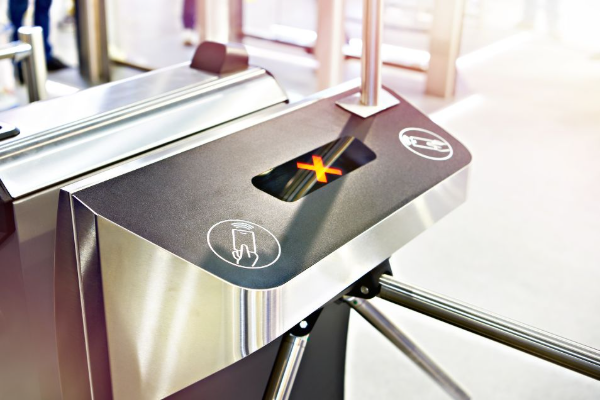Turnstile control systems are widely used for access control in various environments, including office buildings, stadiums, public transport stations, and secure facilities. While they enhance security and streamline entry management, they can also present operational challenges. Understanding these common issues and how to address them can help maintain a seamless user experience and prevent security breaches.

1. Unauthorized Access Attempts
Issue: One of the most frequent problems with turnstile control systems is unauthorized access attempts. Individuals may attempt to tailgate or use invalid credentials to gain entry.
Solution: Implement anti-tailgating technology, such as infrared sensors or AI-based detection systems. Integrating biometric verification or two-factor authentication can also enhance security.
2. Mechanical Failures
Issue: Turnstiles consist of moving parts that can wear down over time, leading to mechanical failures such as stuck or unresponsive barriers.
Solution: Regular maintenance, lubrication, and inspection of mechanical components can prevent breakdowns. Using high-quality, durable materials in turnstile construction can also extend their lifespan.
3. Slow or Unresponsive Scanners
Issue: Card readers, QR code scanners, or biometric sensors may respond slowly or fail to recognize credentials, causing delays.
Solution: Ensure that scanning devices are regularly cleaned and calibrated. Updating software and firmware can improve response time and accuracy.
4. Integration Issues with Security Systems
Issue: Turnstile systems often need to integrate with existing security infrastructure, such as surveillance cameras, alarm systems, and databases. Incompatibility issues can cause operational disruptions.
Solution: Choose turnstile control systems that support open APIs and standard communication protocols. Working with experienced security integrators can help ensure seamless system compatibility.
5. False Alarms and Errors
Issue: Turnstiles may trigger false alarms due to sensor malfunctions, incorrect software settings, or environmental factors like lighting interference.
Solution: Regularly recalibrate sensors and update software settings. Positioning turnstiles away from direct sunlight or reflections can help minimize false alarms.
6. User Confusion and Bottlenecks
Issue: First-time users or visitors may struggle with using turnstiles, leading to congestion and frustration, especially during peak hours.
Solution: Clear signage, user-friendly interfaces, and staff assistance during high-traffic periods can improve user experience. Providing mobile-based access solutions can also enhance convenience.
7. Power Outages and Emergency Situations
Issue: In the event of a power failure, turnstiles may become inoperable, posing a safety risk during emergencies.
Solution: Install backup power solutions, such as uninterruptible power supplies (UPS) or battery backups. Ensure turnstiles have emergency override mechanisms for quick manual operation.
Conclusion
Turnstile control systems offer robust access control, but they require proper maintenance, integration, and user-friendly solutions to function optimally. By proactively addressing common issues, businesses and facilities can ensure smooth and secure operations while enhancing user satisfaction. Regular maintenance, system updates, and technology integration are key to overcoming these challenges effectively.
